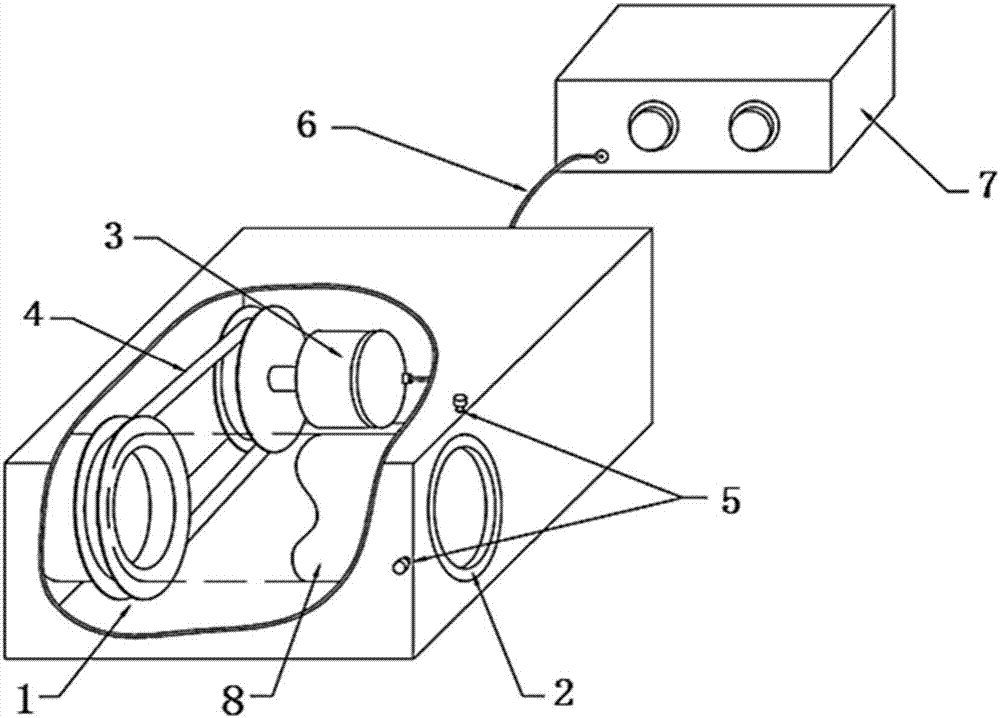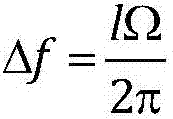Optical rotary Doppler frequency converter
A Doppler frequency and converter technology, applied in the field of optical rotating Doppler frequency converters, can solve the problems of poor beam properties, low efficiency, large loss, etc., and achieve the effect of light size and high adjustment accuracy
- Summary
- Abstract
- Description
- Claims
- Application Information
AI Technical Summary
Problems solved by technology
Method used
Image
Examples
Embodiment Construction
[0027] The present invention will be described in further detail below in conjunction with the accompanying drawings.
[0028] In a beam of Laguerre-Gaussian (LG) mode, each photon can carry an orbital angular momentum (OAM) of l, where l can take any integer. Macroscopically, photon orbital angular momentum (OAM) behaves as a transverse spatial distribution pattern of the light field, and its equiphase plane presents a spiral change along the propagation direction of the beam, so that there is a small angle α between the direction of the optical axis and the Poynting vector =lλ / (2πr), r is the distance from a point on the equiphase plane to the optical axis. Therefore, when there is a relative angular velocity Ω between a vortex light source with orbital angular momentum l and the observer, the received light will have a frequency shift:
[0029]
[0030] It can be seen from the formula that the frequency shift has nothing to do with r, which means that the Laguerre-Gauss...
PUM
 Login to View More
Login to View More Abstract
Description
Claims
Application Information
 Login to View More
Login to View More - R&D
- Intellectual Property
- Life Sciences
- Materials
- Tech Scout
- Unparalleled Data Quality
- Higher Quality Content
- 60% Fewer Hallucinations
Browse by: Latest US Patents, China's latest patents, Technical Efficacy Thesaurus, Application Domain, Technology Topic, Popular Technical Reports.
© 2025 PatSnap. All rights reserved.Legal|Privacy policy|Modern Slavery Act Transparency Statement|Sitemap|About US| Contact US: help@patsnap.com



